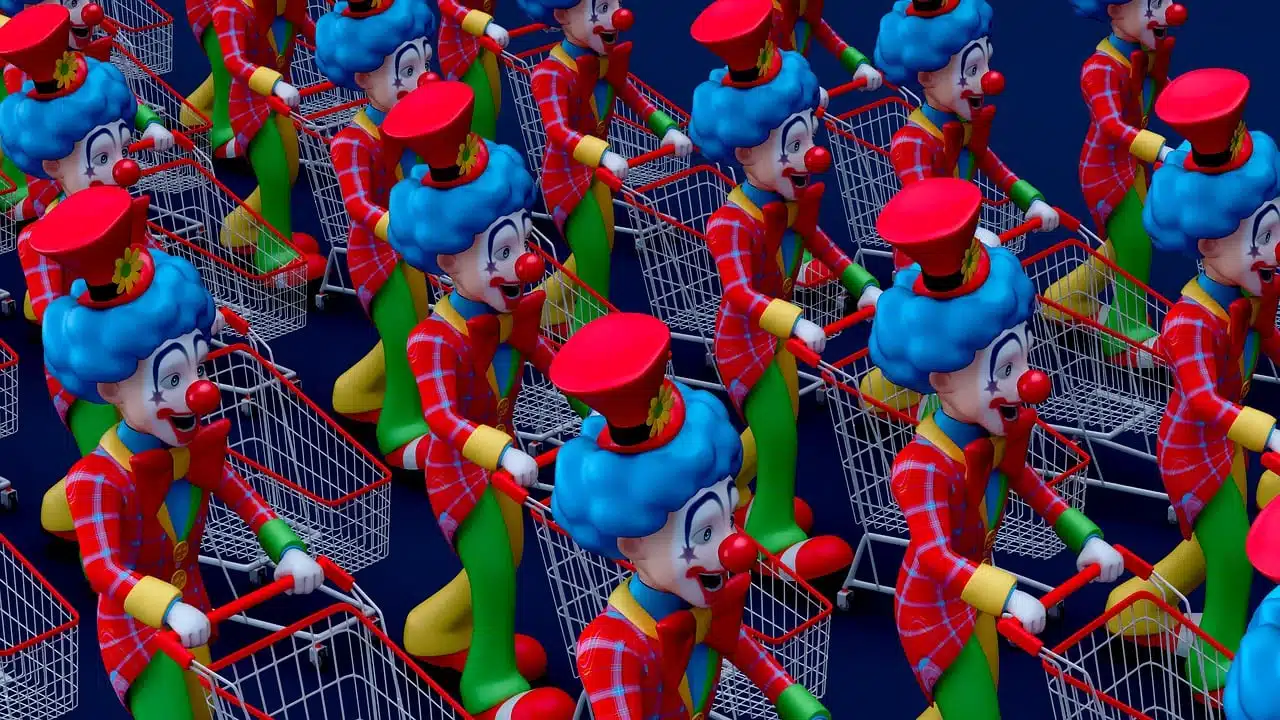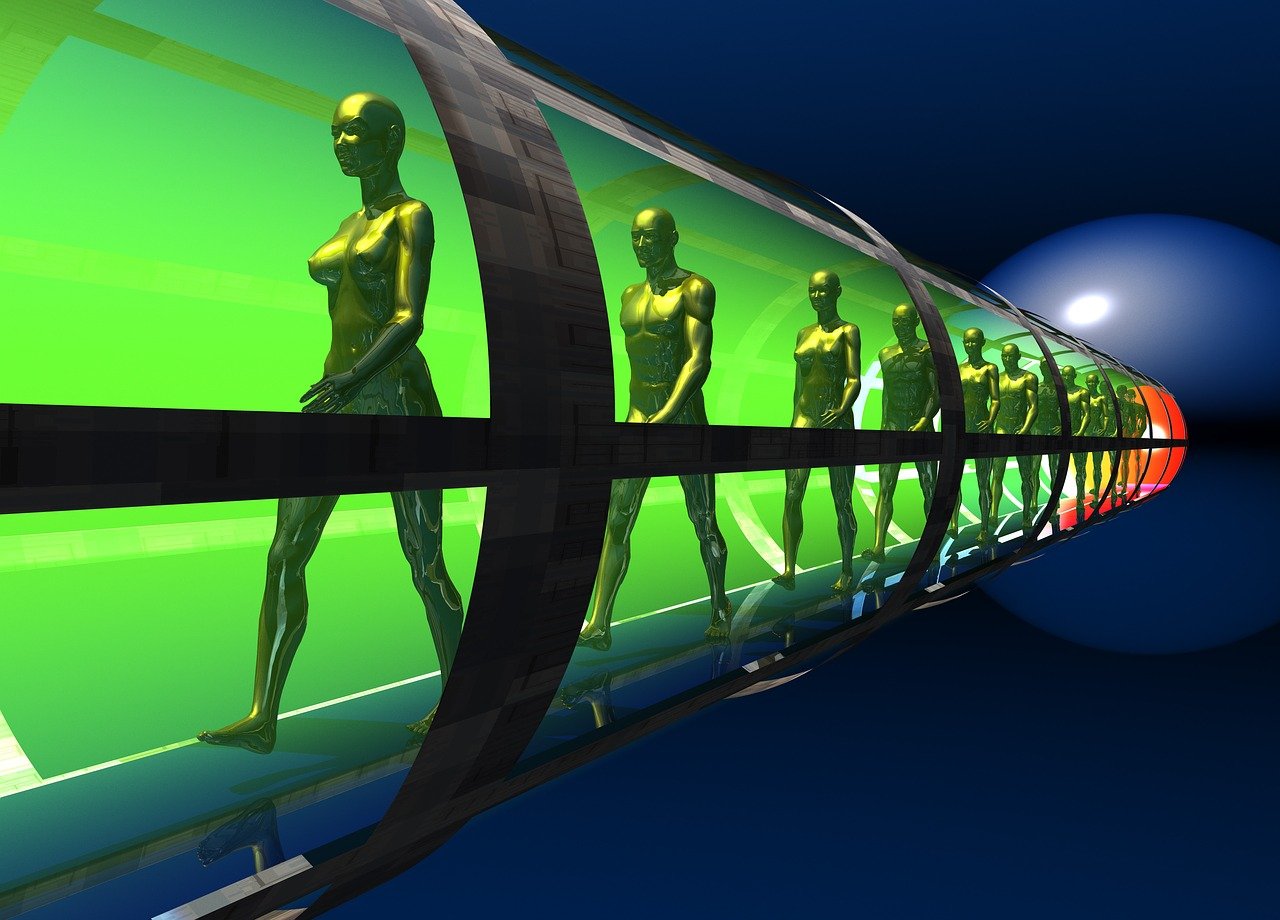
Through cloning, genetically identical copies of organisms of different species arise.
Cloning is a procedure that allows obtaining, with asexual reproduction , genetically exact replicas or copies of a being, molecule or cell that is already developed. This process requires manipulating an elemental component of each organism: a cell .
In general, this practice is evaluated as a possibility given the need to boost organ transplants that save many lives, to achieve advances in the production of remedies, to find medical treatments or cures for diseases and to improve the level of fertility in specimens of various species.
Types of cloning
There are many types of cloning . Each category points to an application or utility.
For some time now, for example, there have been experts focused on taking advantage of therapeutic cloning and perfecting it to achieve legal support and provide humanity with security guarantees in this regard. What does this modality focus on? In achieving the cure of certain pathologies by cloning organs and tissues intended for transplants that replace diseased components of a body. It is worth mentioning that, today, there are legal provisions that support the cloning of specific tissues from humans and animals for medical research purposes.
For now, however, the reproductive cloning of people has not been authorized (which even UNESCO has prohibited) since the technique is not refined and there are ethical and moral dilemmas surrounding it. Molecular cloning is used, when carrying out multiple actions in the field of Biology , because it offers the opportunity to produce proteins on a large scale, take fingerprints and increase, in a living specimen, any sequence.
Another variety of cloning is identified, called replacement cloning, which combines elements and aspects of both therapeutic cloning and reproductive cloning . In this context, essential parts or tissues could be partially cloned to make a transplant possible.
The cloning of endangered species or species that have already disappeared from Earth and the cloning of organisms naturally are other alternatives in which more than one professional has worked.
Techniques and methods to clone
Techniques and methods for cloning give diversity and opportunities for greater scope to this tactic that results in something genetically constituted the same as another element.
If the idea is to use an economical and fast resource to form copies of DNA fragments, then the chemical reaction classified as polymerase chain reaction ( PCR ) becomes visible. Before continuing, it is worth indicating that DNA is an acronym linked to deoxyribonucleic acid in which the hereditary data of viruses and living creatures appear. A specific organism includes within it a genome , a term that describes the complete DNA sequence.

There are multiple types and techniques of cloning.
To avoid adding complexity to this matter but continuing with the intention of informing, we will add that running or moving a fraction of DNA becomes simple with cloning through ligation and restriction enzyme digestion .
If a molecule that is carrying a portion of DNA (a fragment that is inserted using restriction enzymes ) can replicate with it, then it is considered suitable as a molecular vector. Also called cloning vectors , they are divided into plasmids , phagemids and cosmids .
Those who study therapeutic cloning to contribute to the field of regenerative medicine find great potential in a technique aimed at creating an embryo that is feasible based on an egg and a body cell. Somatic cell nuclear transfer (SCNT) is the name of such a strategy. Likewise, research being done to discover therapeutic advantages of cloning considers iPS cells ( induced pluripotent stem cells ), a variety of stem cells that exhibit pluripotent traits, valuable. In this regard, it is convenient to point out that pluripotency is, according to theory, a characteristic of those stem cells with the power to distinguish themselves in any germ layer. Cells capable of segmenting and creating diverse cells in an organism, for their part, are carriers of an ability called totipotency .
Notable cloning cases
There are notable cases of cloning that have remained in the memory of many people.
Dolly the sheep is, perhaps, the most emblematic example. Keith Campbell , in the company of Ian Wilmut , were the scientists at the forefront of the procedure that led to the appearance of this animal that was cloned using an adult cell as a starting point. This mammal, which was born in July 1996, was sacrificed in mid-February 2003. So significant was the existence of this being that it was decided to embalm Dolly and display her body at the National Museum of Scotland .
Since that experimentation, work continued in a similar way with the objectives of cloning pets and cloning horses , among others. The international stir was considerable in 2018 when scientists from China made it known that, continuing the cloning technique used in Dolly , two macaques were born, primates that arrived in this world seasons later than Tetra . This is how a female was identified in the United States and, in 1999, was cloned by segmenting an embryo in a laboratory.
When reviewing journalistic archives, the cloning of an Arctic wolf ( Maya ) and the controversial actions of an Asian team that claimed to have carried out genetic manipulation in babies for the first time appear as cases to take into account. For this reason, the researcher was punished with three years in prison.

Human cloning is the subject of studies, debates, analyzes and controversies.
Debates and controversies about the possibility of cloning humans
Debates and controversies about the possibility of cloning humans are being renewed and increasingly sharpened. Although this procedure can have a wide number of advantages, ethical and moral issues cannot be ignored.
In addition, there are reports that warn about the high percentage of danger that would be faced when cloning people because through cloning the chances of the appearance of serious genetic defects are multiplied compared to people conceived naturally. Although it is not biologically impossible to produce men and women by cloning , taking genetics as a game or a field of unscrupulous experimentation is unacceptable. It is necessary to give relevance to a bioethical perspective and obtain in-depth advice when drawing conclusions regarding this extremely controversial topic that affects, among other issues, the dignity of man. Years ago, for example, Germany and France requested that the UN prevent human beings from being cloned . In French territory, specifically, a bill on bioethics was approved in which the prohibition of carrying out human cloning practices was established because this phenomenon was understood as a crime against our species.
